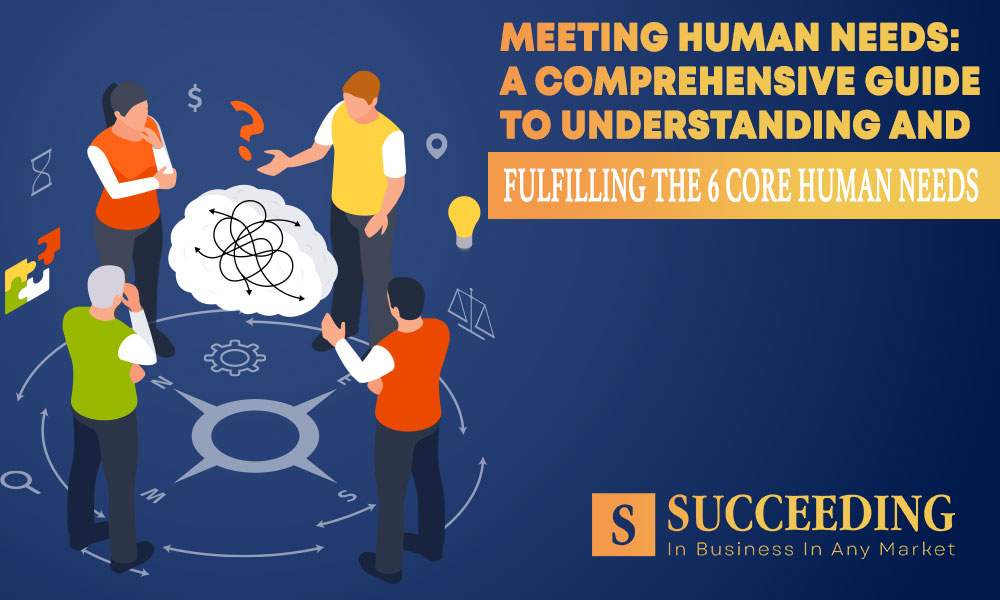Post Date: February 13, 2024

In the intricate web of modern information management, the linchpin holding vast amounts of data together is efficient database access. As organizations increasingly rely on data-driven decision-making, the efficiency with which they can access and manipulate their databases becomes paramount. This article delves into the foundational aspects of database access, explores various technologies, and outlines strategies to unlock the true power of efficient database access.

The Foundation of Information Management
Databases serve as the backbone of information management, providing a structured and organized repository for storing and retrieving data. From the early days of simple flat-file databases to the complex relational databases of today, the evolution of database technologies has been remarkable. Efficient database access is the cornerstone of harnessing the true potential of these repositories, allowing organizations to extract valuable insights and make informed decisions.
The Landscape of Database Access Technologies
A myriad of database access technologies has emerged to cater to different organizational needs. SQL databases, with their structured query language, have been a stalwart for decades. NoSQL databases offer flexibility and scalability, particularly suited for modern, dynamic data requirements. Cloud-based solutions have revolutionized accessibility and scalability. Understanding the strengths and limitations of each technology is crucial in optimizing efficiency.
Recent advancements in database access technologies, such as in-memory databases and graph databases, have further expanded the possibilities. The landscape is dynamic, and choosing the right technology is essential for organizations seeking to harness the true power of their data.
The Impact of Efficient Database Access on Organizational Efficiency
Efficient database access directly influences organizational efficiency. Quick and reliable access to data ensures that decision-makers have the information they need when they need it. Real-time data access is particularly crucial in industries where timely decisions can make or break business opportunities.
Case studies abound with examples of organizations that have transformed their operations through efficient database access. From reducing response times in customer service to optimizing supply chain management, the impact is pervasive. Conversely, the consequences of inefficient database access can be severe, leading to bottlenecks, delays, and missed opportunities.
Strategies for Enhancing Database Access Efficiency
Optimizing database access involves a strategic approach. Indexing, query optimization, and caching are fundamental strategies for improving access speed. Database management tools and analytics play a vital role in identifying performance bottlenecks and streamlining operations.
Regular performance tuning, database schema optimization, and hardware upgrades are proactive measures that organizations can undertake to enhance efficiency continually. Balancing the trade-off between read and write operations, and understanding the specific needs of the organization, are key considerations in formulating an effective strategy.
Security Considerations in Database Access
Efficient database access must go hand-in-hand with robust security measures. Protecting sensitive information from unauthorized access is a top priority. Authentication mechanisms, encryption protocols, and stringent access controls are fundamental components of a secure database access strategy.
Understanding the potential risks associated with unauthorized access and data breaches is crucial. Organizations must implement comprehensive security protocols and stay abreast of the latest threats to ensure the integrity and confidentiality of their data.
Future Trends in Database Access
As technology continues to advance, the future of database access holds exciting possibilities. Blockchain integration promises enhanced security and transparency. Edge computing brings data processing closer to the source, reducing latency. Artificial intelligence-driven optimizations, including automated query optimization and predictive analytics, offer a glimpse into a future where database access is not just efficient but anticipatory.
These trends signify a continuous evolution in the realm of database management. Organizations looking to unlock the true power of their data should stay attuned to these developments and consider their implications in shaping future database access strategies.

Conclusion:
Efficient database access is the linchpin of organizational success in the data-driven era. As technology evolves, organizations must adapt and optimize their database access strategies to remain competitive. The true power of databases lies not just in the data they store but in how efficiently and effectively that data can be accessed, analyzed, and utilized.





